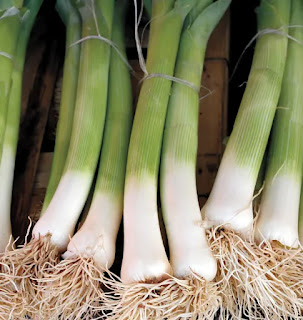Pan-Toasted Panino with Tapenade Sundried Tomatoes and Mozzarella
4 slices sourdough
or rustic bread, cut into ½ inch thick slices
6 tablespoons
black-olive tapenade (see recipe below)
6 oil-packed
sundried tomatoes, cut into strips ¼ inch wide, drained, reserve the oil
1 tablespoon chopped
capers
4-6 thin slices
mozzarella
1.
Place 2 slices of bread on a flat surface. Spread 1 tablespoon of
tapenade on the top of each slice. Distribute the sundried tomatoes and capers
over the tapenade. Cover the surface with the mozzarella slices and place the
remaining two slices of bread on top.
2.
Heat a heavy skillet over medium high heat until hot. Reduce the
heat to medium. Using a pastry brush, lightly coat the top slices of bread with
the reserved oil from the sundried tomatoes. Invert the sandwiches and place
the oiled sides of the sandwiches face down in the skillet.
3.
Cook until the bread is toasted golden. Brush the top of the sandwiches
with sundried tomatoes olive oil and then, using a spatula, flip the sandwiches
over to cook on the other side until toasted golden. Cook until both sides and
the cheese has melted. To serve, cut the sandwich into halves or quarters.
Black Olive Tapenade
½ cup Kalamata olives, pitted and drained (place in small colander to drain)
8-10 small capers
1 clove of garlic, chopped
Zest of ½ lemon
Juice of ¼ - ½ lemon
Red Pepper Flakes
2 tablespoons minced Italian parsley
Black pepper
½ teaspoon anchovy paste, optional
1 - 1 ½ tablespoons extra-virgin olive oil
In a food processor add all ingredients
except the oil. Pulse to combine either a rustic or smooth paste. Slowly
drizzling in the olive oil. Adjust for taste. Do not add any salt.



















